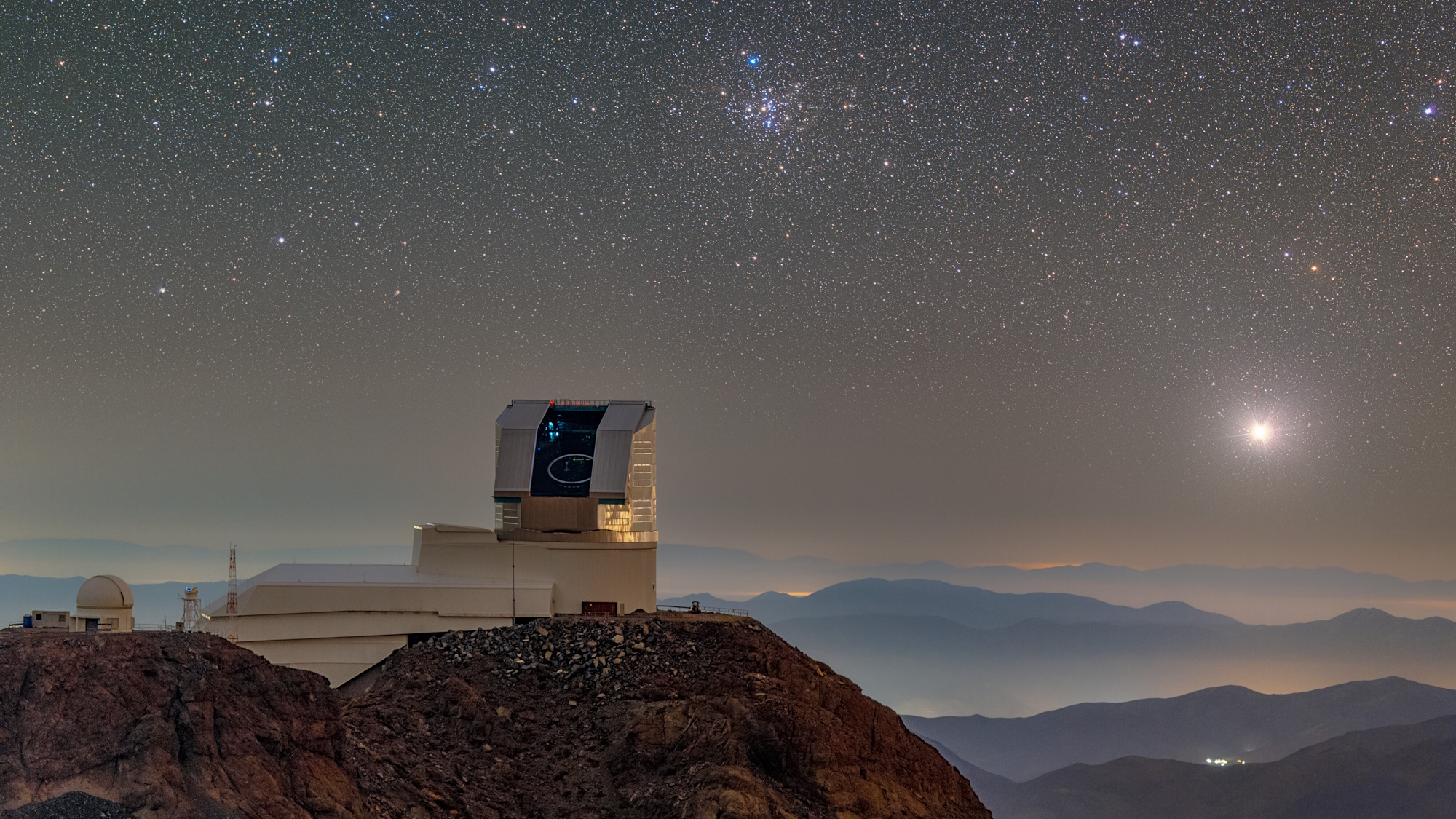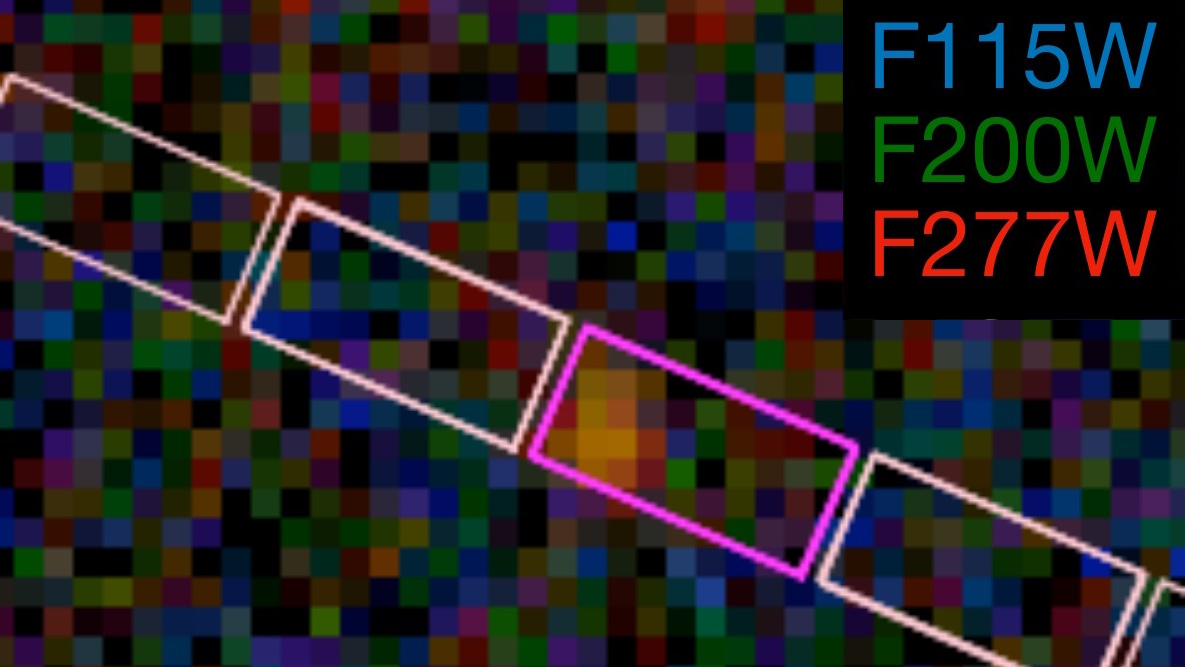Mostly Mute Monday: Out Of The Darkness
Take a glimpse into the blackness of deep space, and here’s what you’ll find.
“Deep into that darkness peering, long I stood there, wondering, fearing, doubting, dreaming dreams no mortal ever dared to dream before.” –Edgar Allan Poe
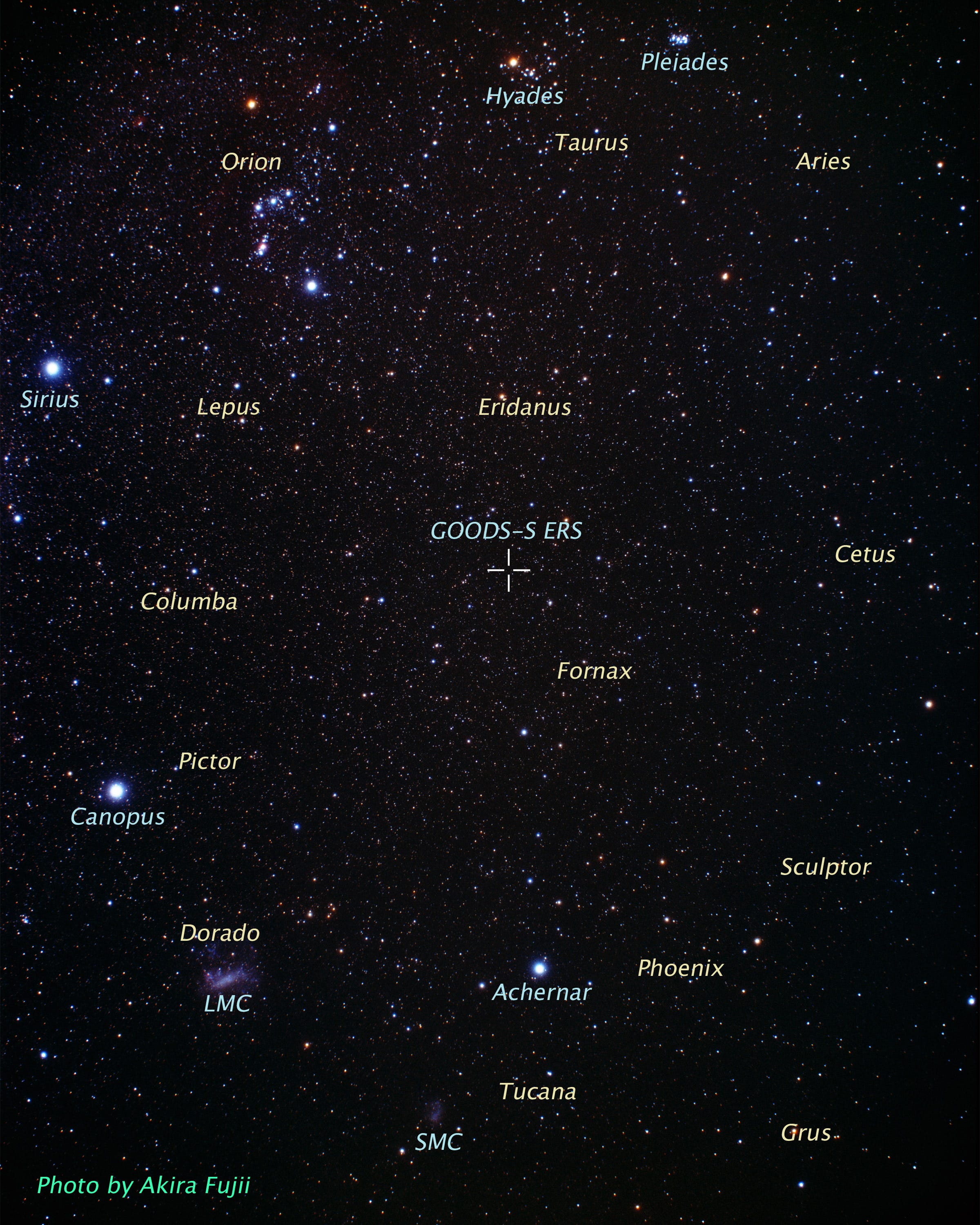
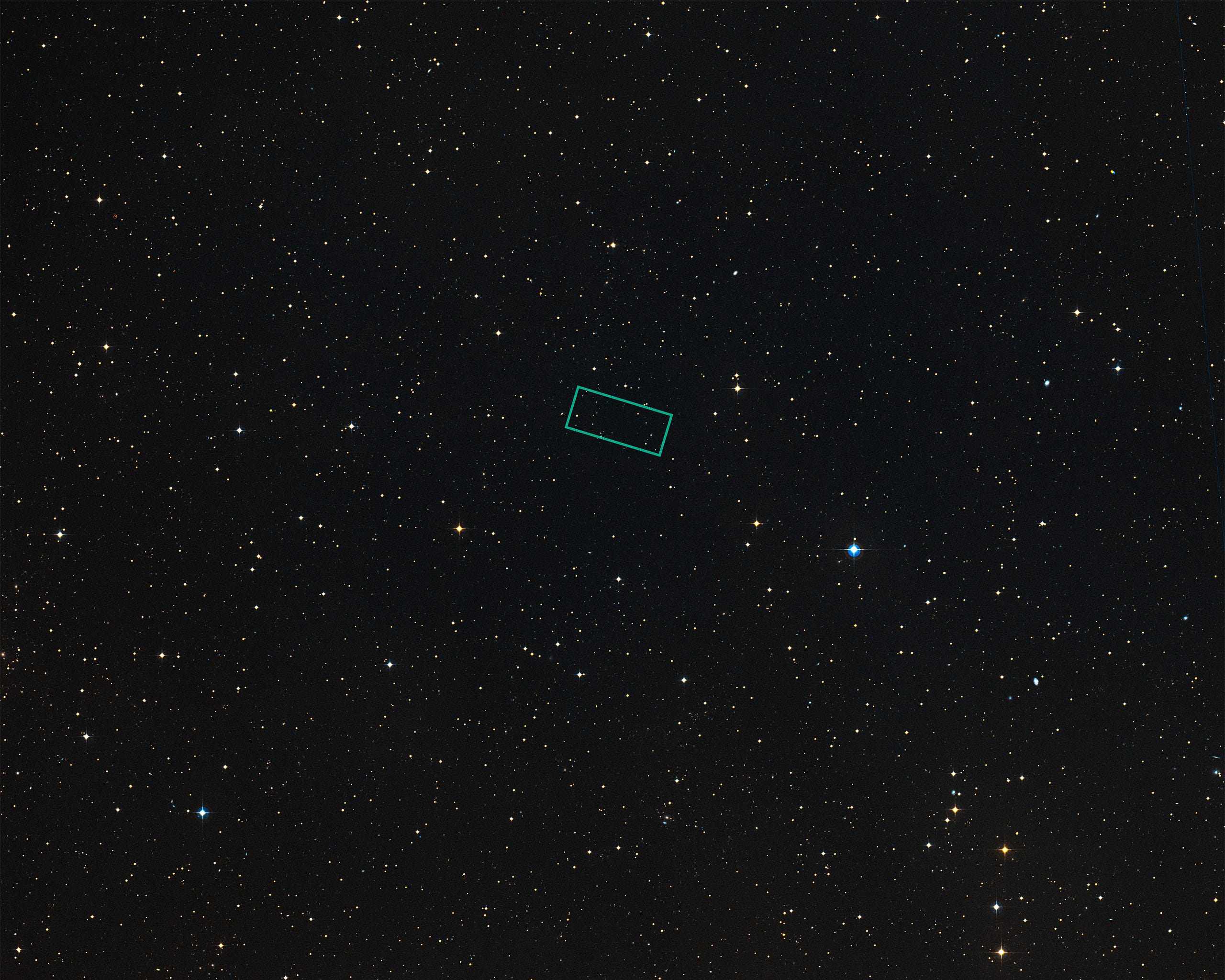
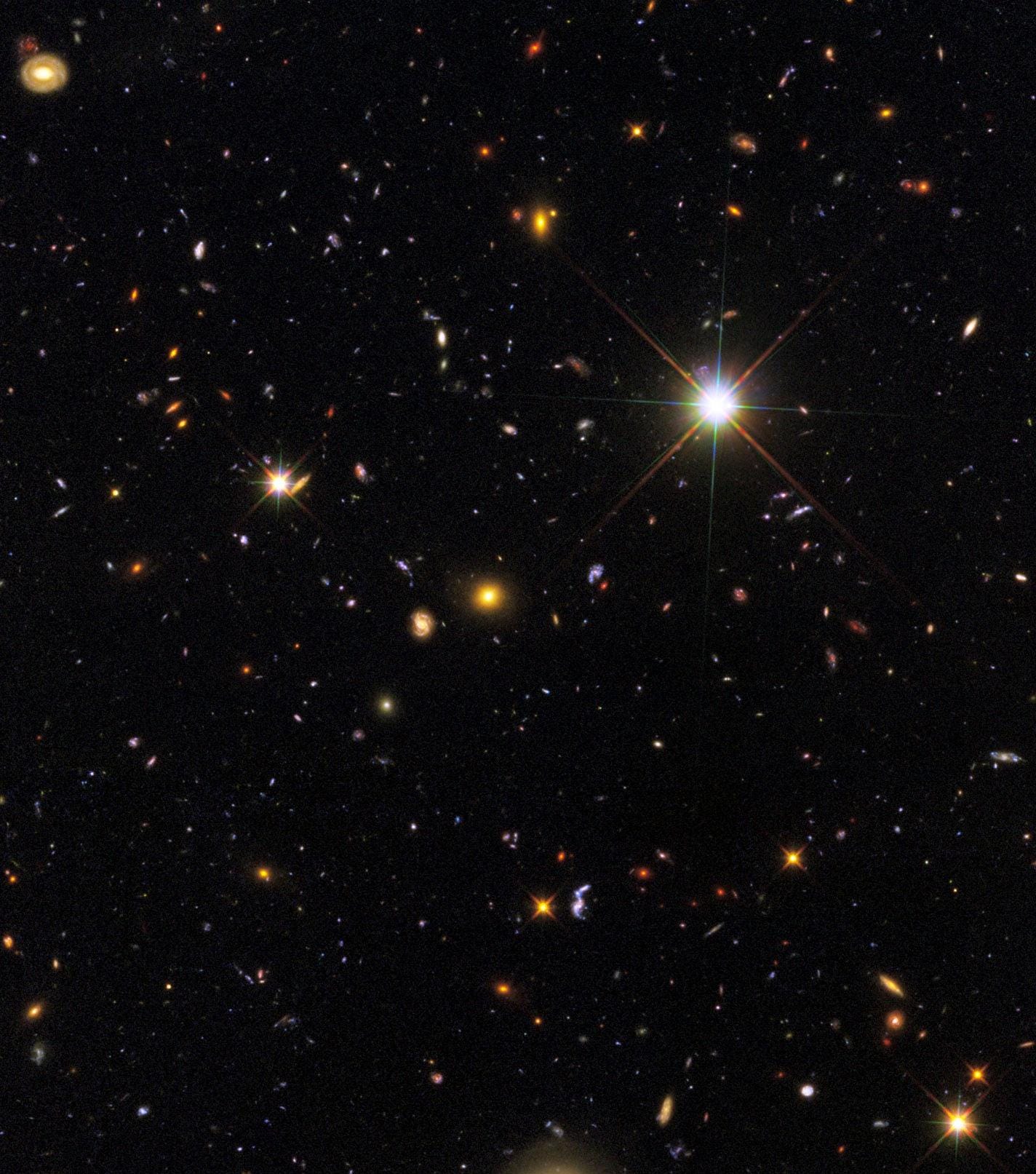
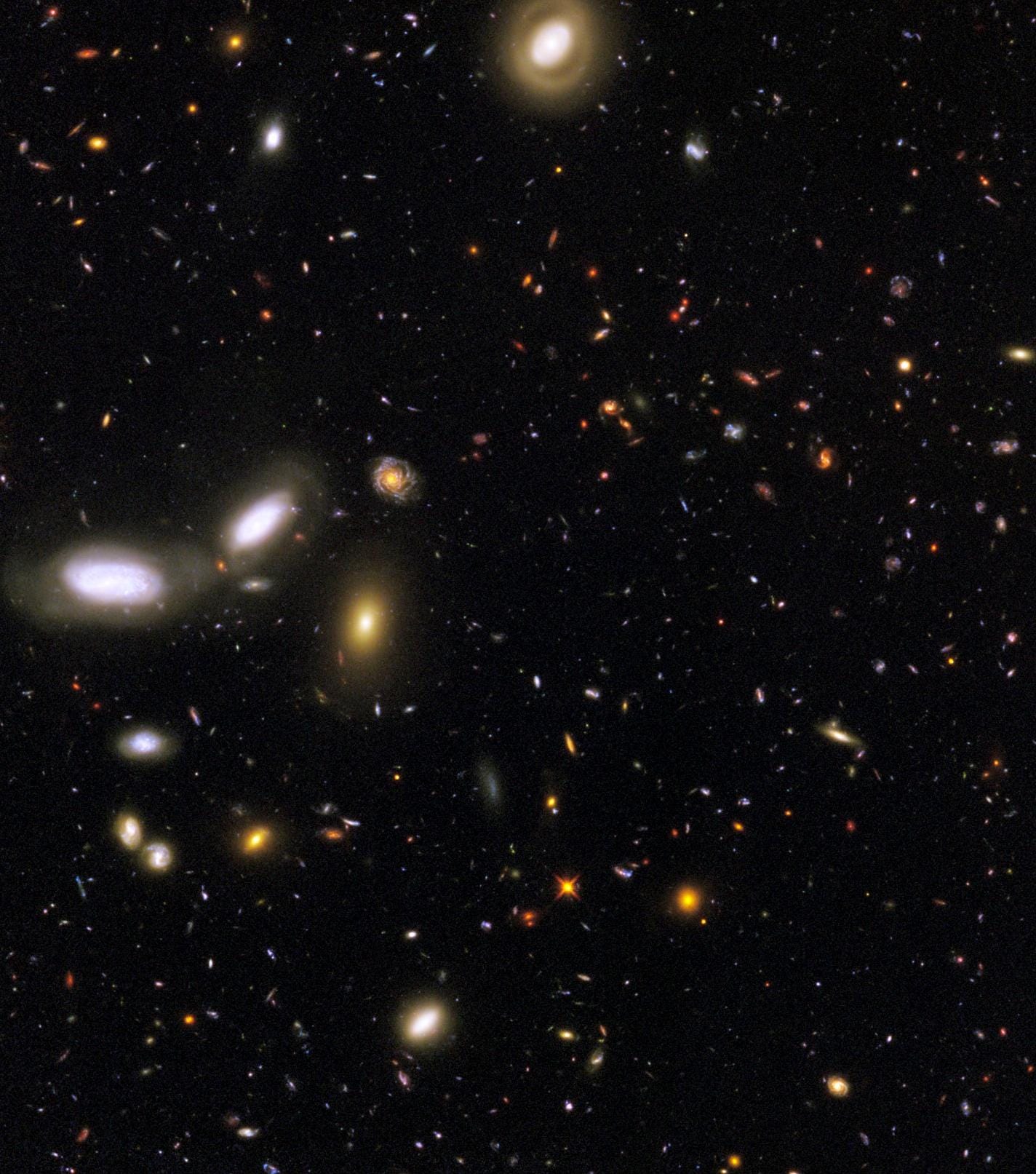
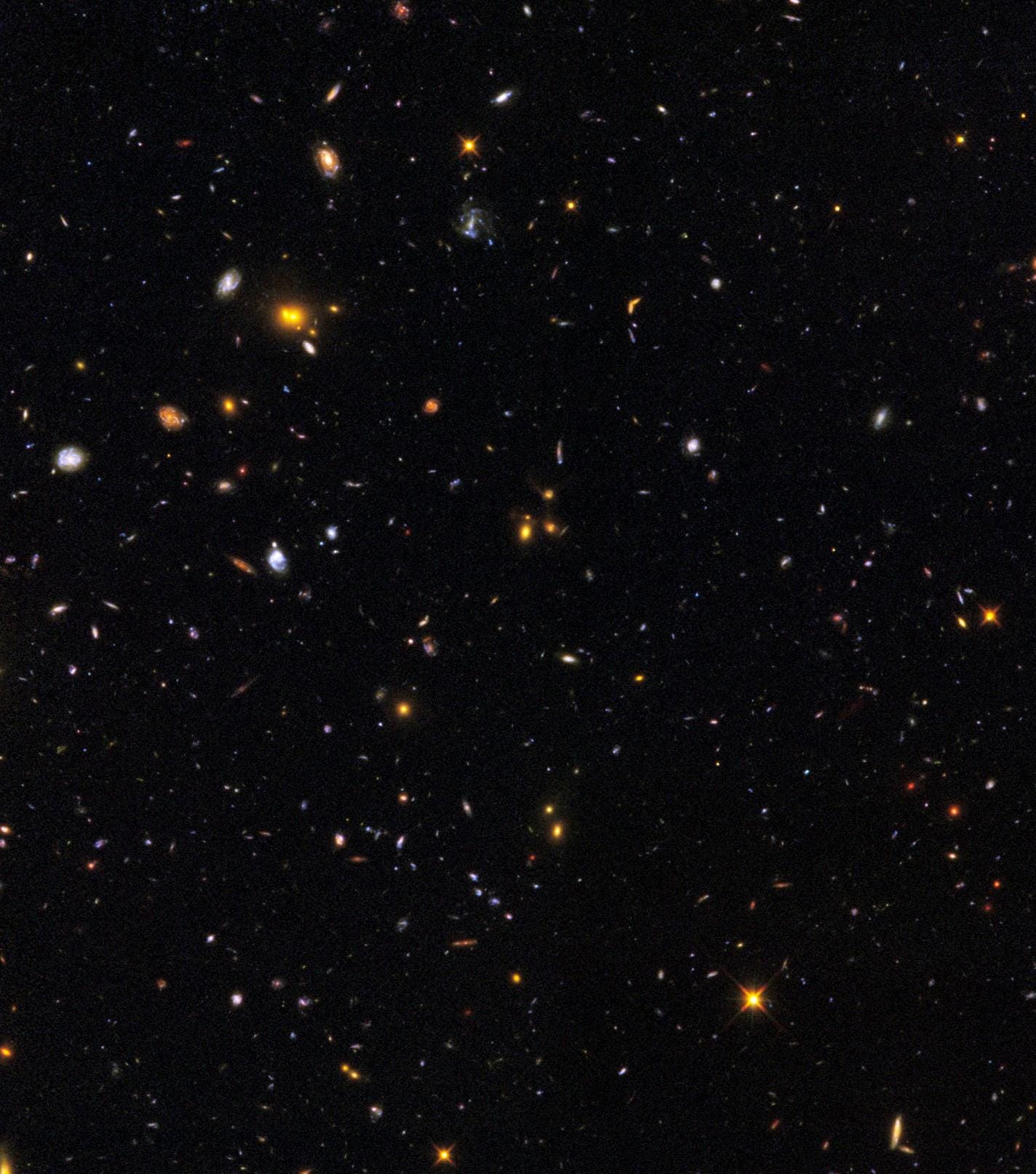
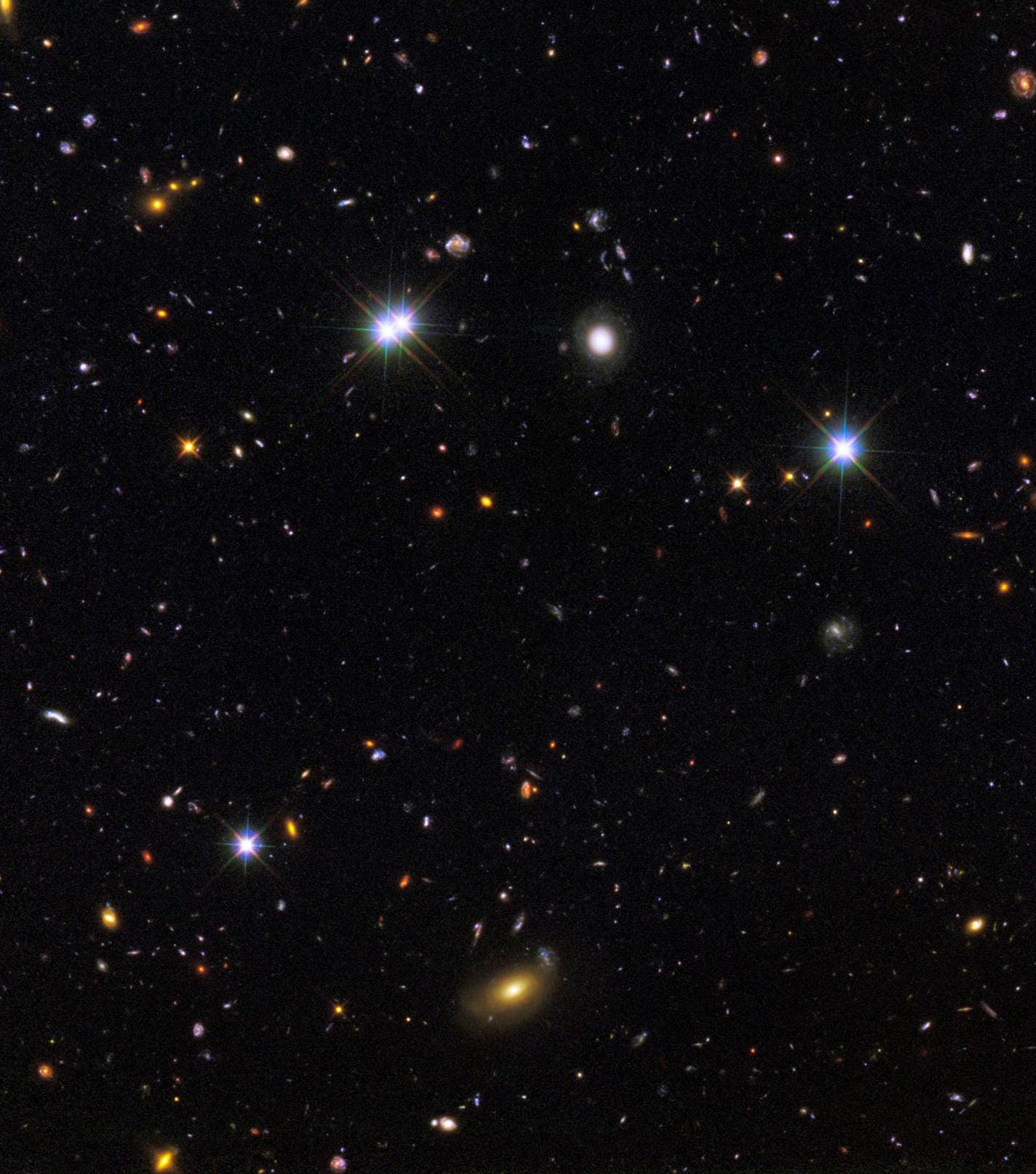
In 2009, Hubble’s ACS (Advanced Camera for Surveys) and WFC3 (Wide Field Camera 3) teams created a mosaic of a small region of space by combining their full suite of data encompassing ultraviolet, visible and infrared light. While ground-based images showed twenty or so faint stars in this region of space, the long-exposure images of the Great Observatories Origins Deep Survey (GOODS) galaxy survey revealed a total of some 7,500 galaxies. The full survey is less than a third the area of the full Moon.
In the full-resolution images displayed here, the points of light displaying the pointy “diffraction spikes” are stars within our own Milky Way, while everything else is a galaxy unto itself. The galaxies appearing largest are not simply larger but are only closer in proximity to us, with the most distant galaxies here nearly 30 billion light years distant from us at present. The light from the most distant galaxies observed here has been traveling for over 13 billion years, and appears redder in color thanks to the expansion of the Universe. The full resolution image reveals galaxies up to 250 million times fainter than the naked eye can perceive.
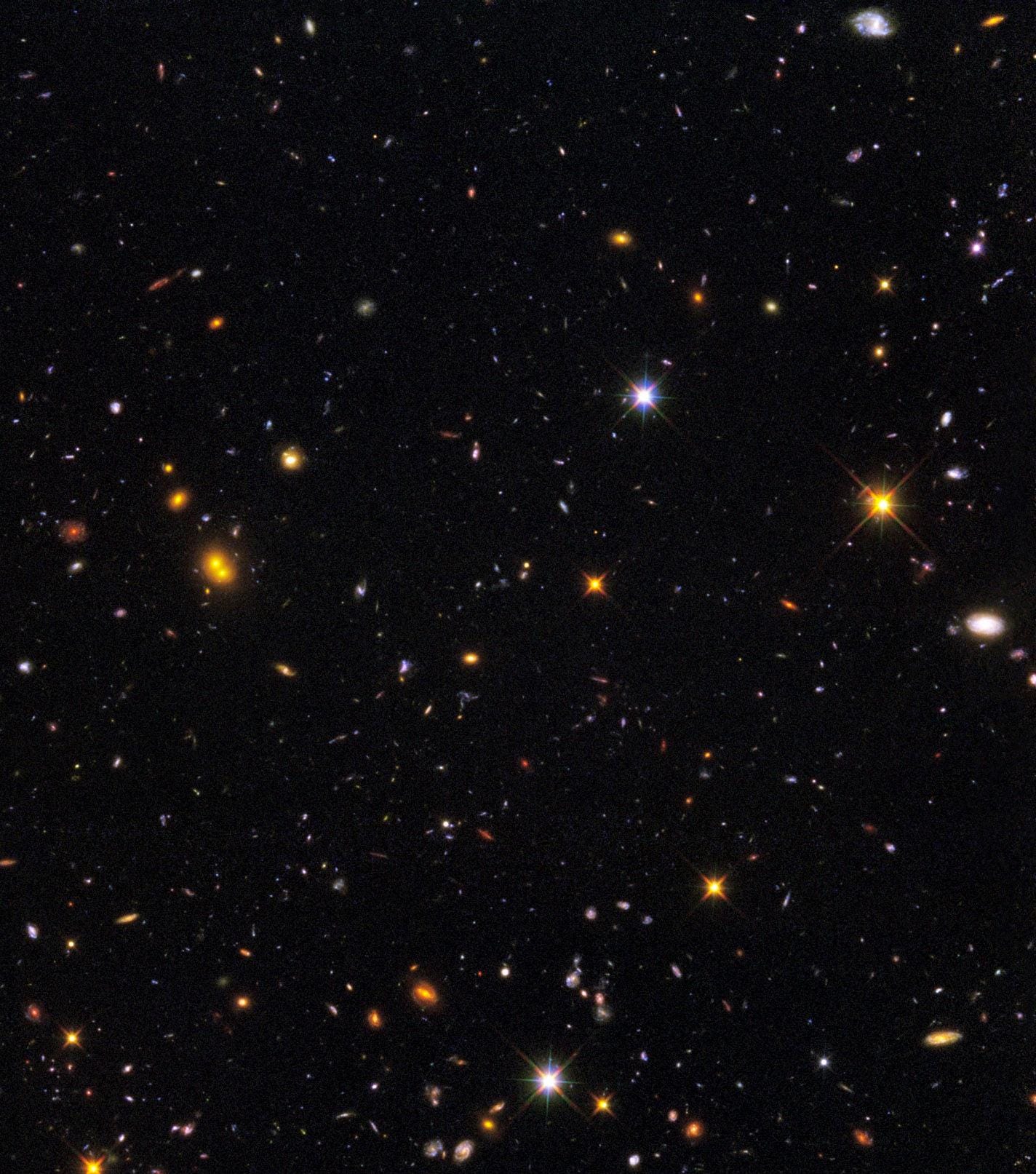
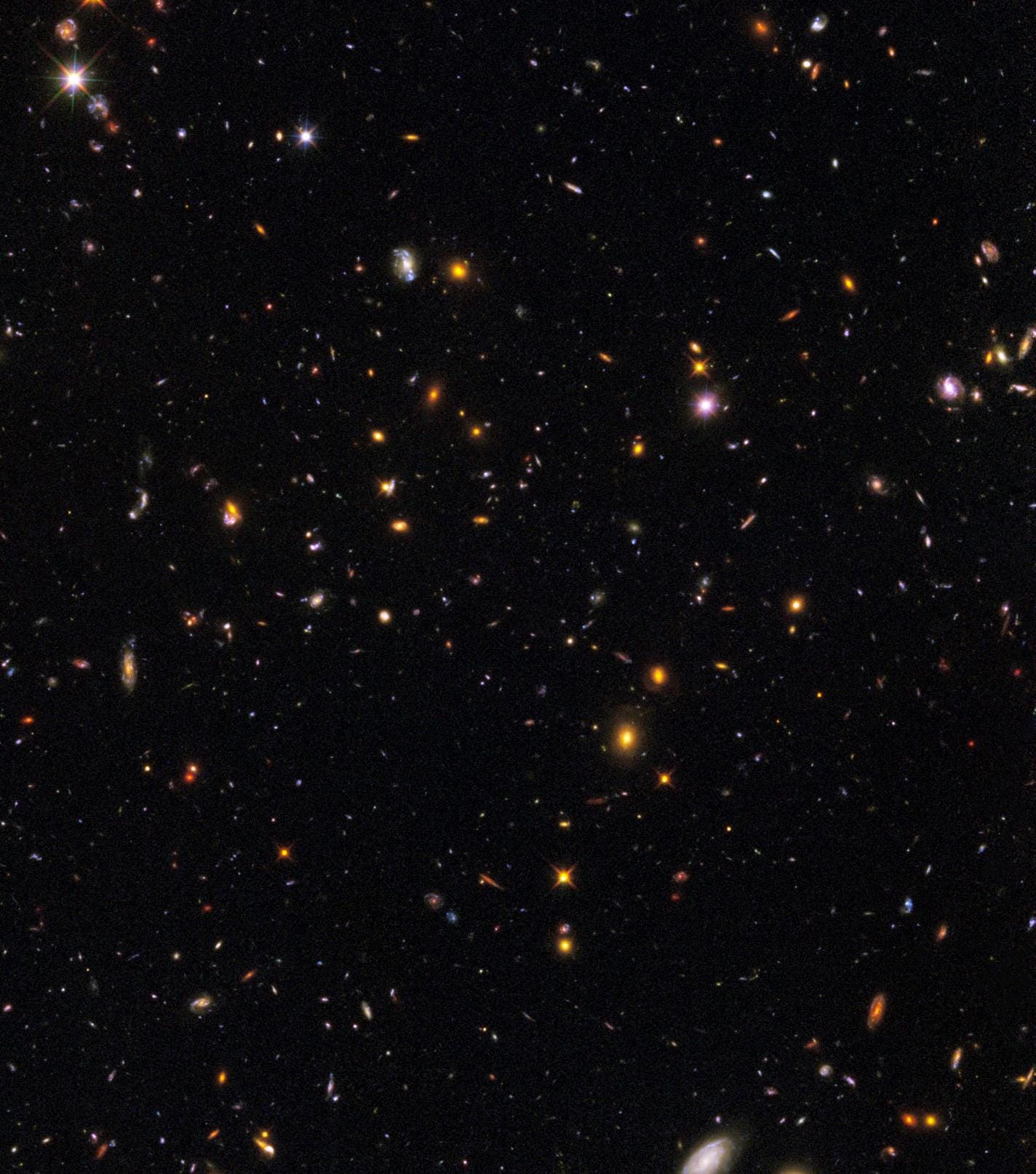
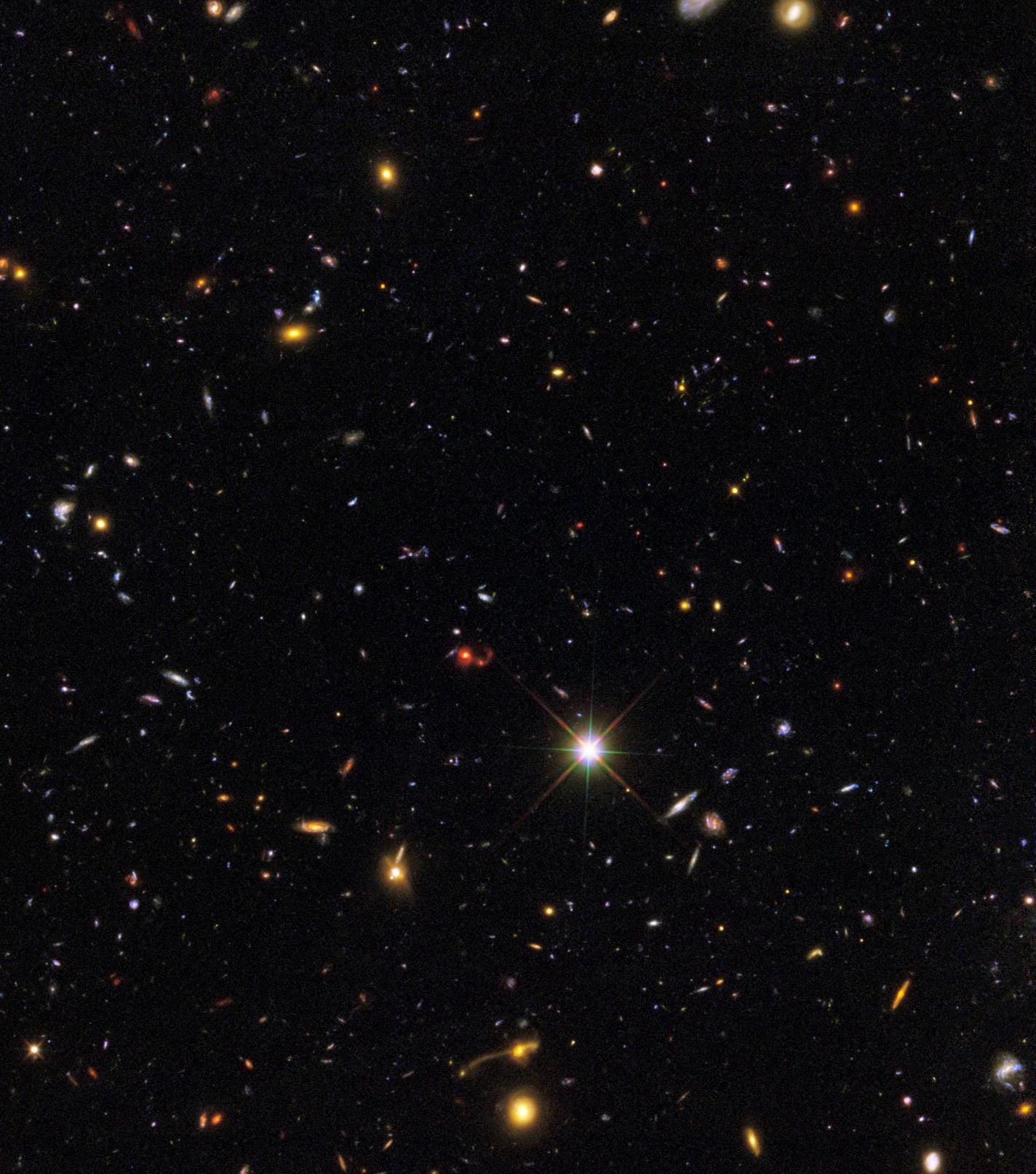
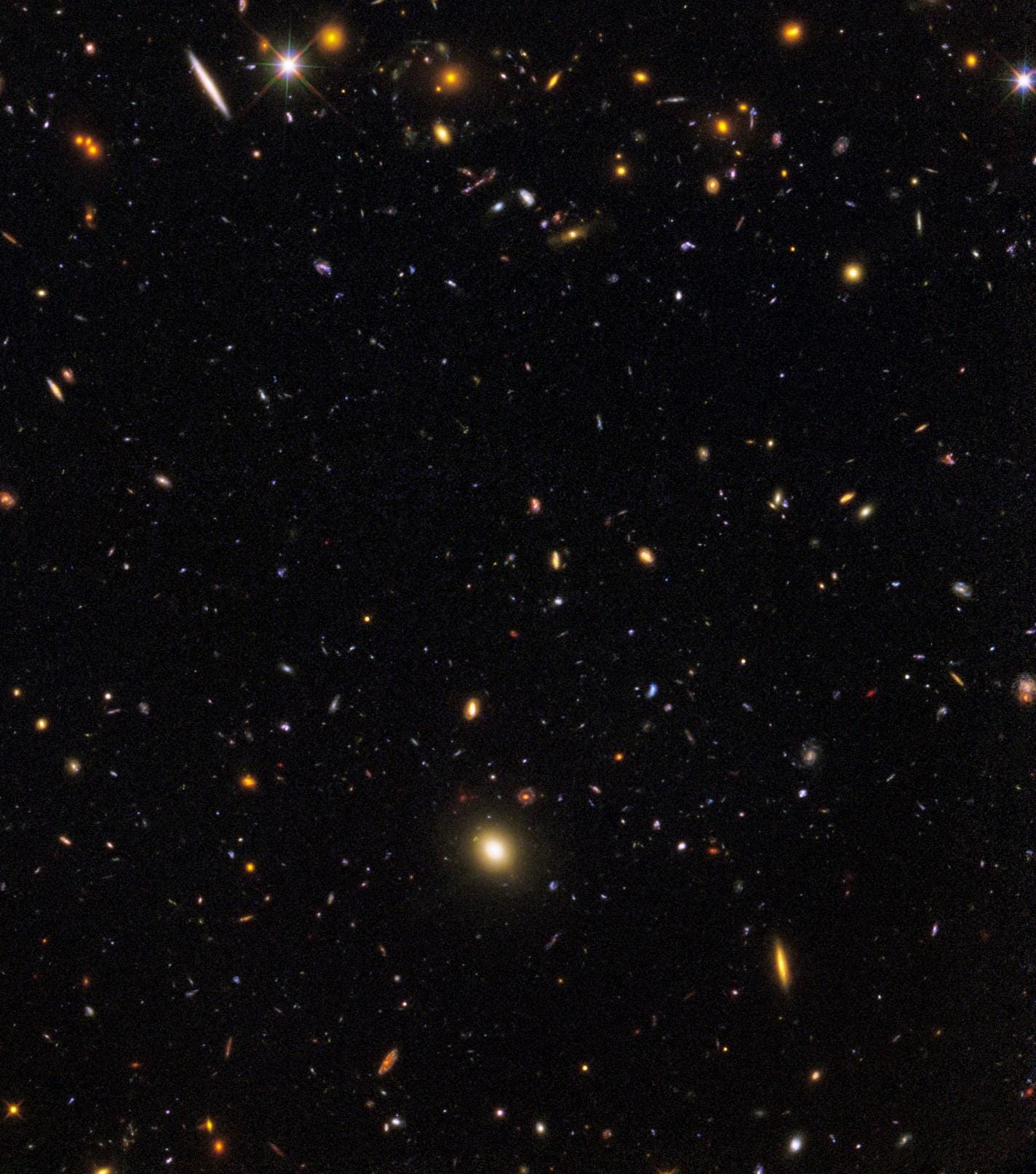
Mostly Mute Monday tells the story of a single astronomical phenomenon or object in visuals, images, video and no more than 200 words.
Leave your comments on our forum, and support Starts With A Bang on Patreon!
